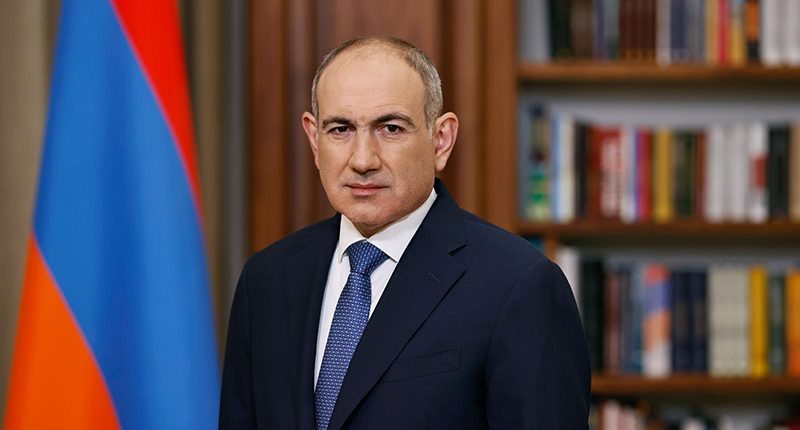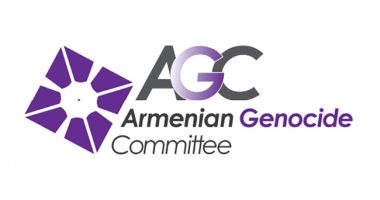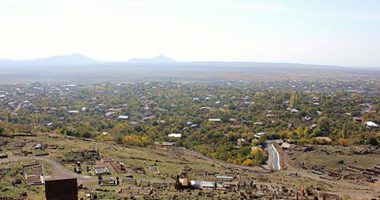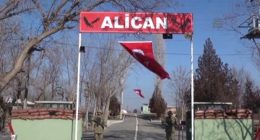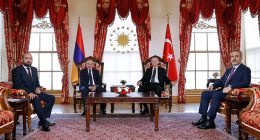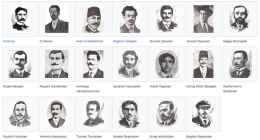YEREVAN – Writing on Facebook earlier on Thursday, Prime Minister Nikol Pashinyan stated that ongoing references by Azeri President Ilham Aliyev to “Western Azerbaijan” amount to territorial claims against Armenia. Pashinyan also alleged that Baku’s continued demands for Armenia to cease its arms acquisitions might be an attempt to prepare the ground for “unhindered aggression” against his country.
Simultaneously, Pashinyan reiterated his calls for the swift signing of a bilateral peace treaty and the establishment of Armenian-Azerbaijani transport links. He confirmed that Armenia is prepared to agree to the dissolution of the OSCE Minsk Group as part of its proposals to Azerbaijan to ensure stability and peace in the region.
Pashinyan outlined his vision for regional peace as follows:
- Western Azerbaijan includes Qazax, Tovuz, Aghstafa, Gadabay, Dashkasan, Kelbajar, Lachin, Kubadli, and Zangelan. There is no “Western Azerbaijan” beyond this, nor can there be. If they insist on finding it elsewhere, we might as well consider Nakhchivan as part of Western Azerbaijan.
- Western Armenia includes Armavir, Talin, and Maralik. There is no “Western Armenia” beyond this, nor can there be.
- Eastern Armenia includes Ijevan, Berd, Chambarak, Vardenis, Jermuk, Goris, Kapan, Nerkin Hand, and Nrnadzor. There is no “Eastern Armenia” beyond this, nor can there be.
- Azerbaijan’s insistence on discussing the rights of refugees under the “Western Azerbaijan” narrative makes it evident that this is being used to question the territorial integrity of the Republic of Armenia, a sovereign state under international law, and to make territorial claims. To discuss this issue, Azerbaijan must first abandon such narratives.
- By questioning Armenia’s right to maintain a defense-capable military, Azerbaijan is attempting to secure the opportunity for unimpeded aggression against the Republic of Armenia.
Pashinyan also presented Armenia’s proposal for lasting regional stability and peace:
- Mutually abandon escalatory narratives.
B. Continue the delimitation process based on the experience of the Berkaber-Voskepar section and the regulations of the joint delimitation commissions.
C. Sign a peace treaty, which is reportedly 90% complete.
D. Implement the “Crossroads of Peace” project, resolving issues of Azerbaijan-Azerbaijan and Armenia-Armenia connections through each other’s territories, in line with the proposals presented during the Kazan meeting.
E. Introduce a joint mechanism for investigating ceasefire violations.
F. Fully resolve the issue of detained persons.
G. Work intensively to determine the fate of missing persons.
H. Withdraw all mutual claims, including those in international courts.
I. Complete and effectively implement the provisions of the peace treaty.
J. Establish a mechanism for mutual arms control, including quota allocations and restrictions on the use of armaments.
K. Address refugee issues comprehensively by forming a joint professional commission after peace is established.
L. Dissolve the OSCE Minsk Group.

